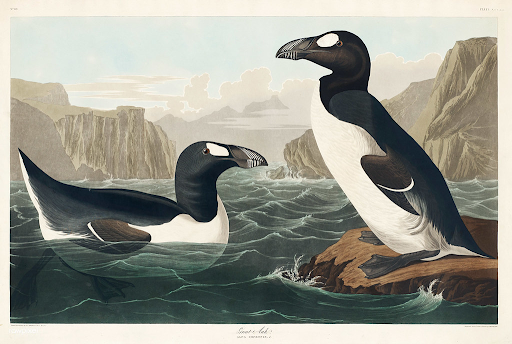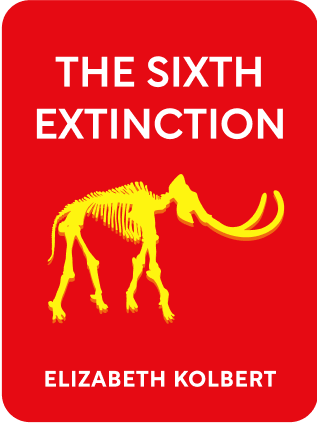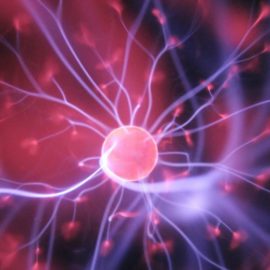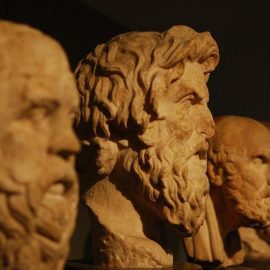

This article is an excerpt from the Shortform book guide to "The Sixth Extinction" by Elizabeth Kolbert. Shortform has the world's best summaries and analyses of books you should be reading.
Like this article? Sign up for a free trial here .
What happened to the great auk? What role did humans play in the disappearance of the giant seabird of the North Atlantic?
The extinction of the great auk is attributed to several causes. There was a volcano eruption on one of the breeding islands. However, the major factor is considered to be the mass killings of auks for egg collection in the 1800s.
Read more to learn about the factors behind the great auk’s extinction.
What Happened to the Great Auk?
The great auk was a large, black-and-white, penguin-like bird (although it didn’t actually belong to the penguin family). It had a big beak and a white spot under each eye. The great auk inhabited the islands of the North Atlantic, where it bred and raised young in massive colonies. It was a great swimmer but couldn’t fly, which made the two-and-half-foot bird easy prey for passing sailors, who killed large numbers for food.
Auks probably once numbered in the millions. When the first settlers arrived in Iceland from Scandinavia, they regularly killed auks for food. In addition, auks were used as fish bait, burned as fuel, and plucked for mattresses. On islands where they gathered, they were herded into stone pens or onto ships to be killed. By the late 1700s, as a result of mass slaughter, the great auk population was in steep decline. While environmental causes like a volcano on one of the breeding islands contributed to the decline, egg collectors delivered the final blow. The last known pair of auks, incubating an egg, was killed so the egg could be taken for collectors on the island of Eldey, off Iceland, in 1844.
Darwin had to have known of the great auk’s extinction—a colleague, Alfred Newton, was the one who determined the auk was gone for good. Darwin himself also received first-hand reports of the near extinction by humans of Charles Island tortoises on his Beagle voyage. In On the Origin of Species, he also referred to human-caused extermination of animals.
Despite the evidence of sudden, human-caused catastrophes in front of him, Darwin continued to insist that species went extinct only slowly, through competition and natural selection.

———End of Preview———
Like what you just read? Read the rest of the world's best book summary and analysis of Elizabeth Kolbert's "The Sixth Extinction" at Shortform .
Here's what you'll find in our full The Sixth Extinction summary :
- How humans have set in motion a sixth mass extinction
- The 5 mass extinction events that occurred over the last 500 million years
- Why human ingenuity might be able to save the human species from extinction






